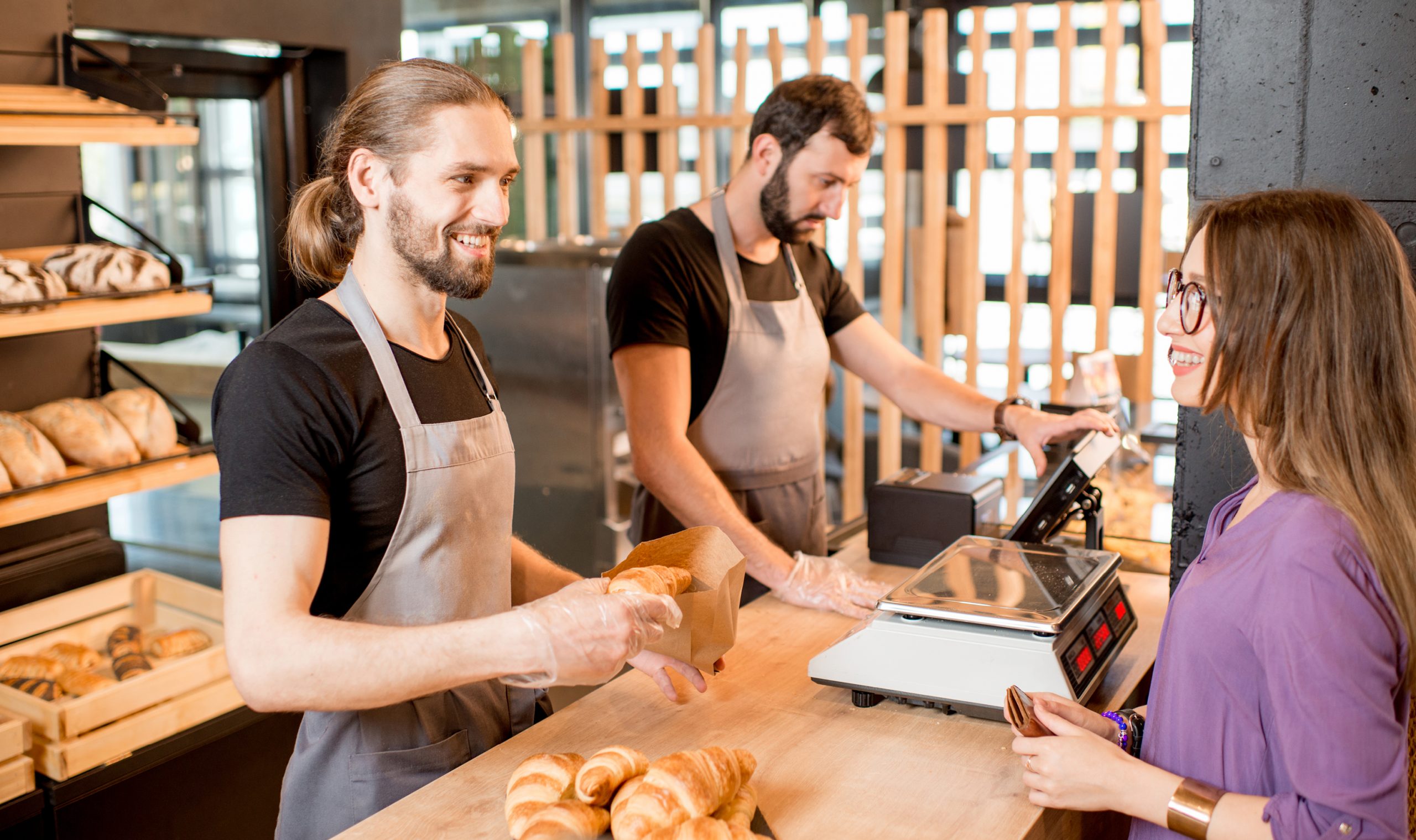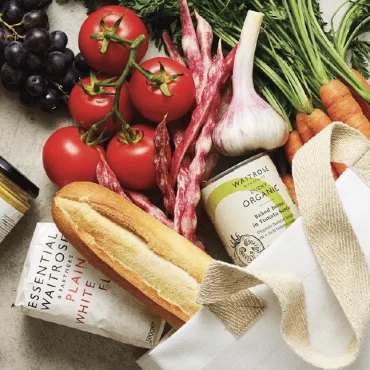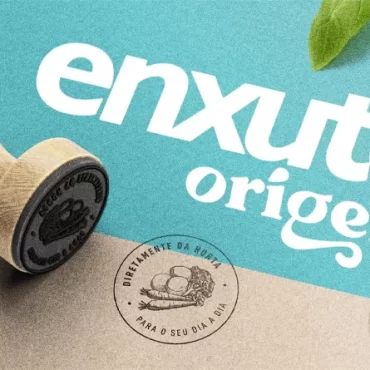Hyperlocal: why do brands need to be aware of this trend?

Get inspired
As we know, the pandemic has transformed consumer behavior and accelerated trends. And it is in this scenario of changes, a model focused on the needs of communities closer and smaller compared to the reach of local businesses has been highlighted: the hyperlocal service. According to a survey by market research company Technavio, published on the investment portal BusinessWire, in August this year, it is expected that it will have an annual growth of 18% between 2020 and 2024.
But was the pandemic the only factor responsible for the growth of this business model? And what care do brands need to take to follow this trend? To learn more about this subject, check out our team’s insights!
What motivates the growth of the hyperlocal business?
Three main factors are related to the development of a hyperlocal business: the growing awareness of people about the climate collapse and the consequent search for routines and brands that reduce carbon emissions; consumers’ search for closer and more transparent brands; and the exponential growth of technologies that allow users to connect with companies that work closer to them.
People’s search for a sense of community must also be considered. The Future Laboratory trend consultancy was one of the first to talk about this. In early 2020, in their Trend Tracker report, they shared that, with more and more people joining remote work – even before the pandemic! – there would be a greater demand for hyperlocal solutions that help people to connect with their neighbors.

The changes brought about by the new coronavirus also gave that little boost. In addition to the small business support movements, which suffered even more the impacts of the financial crisis brought by the pandemic, there is the perception that solidarity among the neighborhood is fundamental. Who doesn’t remember the notes left by young people at the elevator doors, offering help to older neighbors so that they didn’t have to put themselves at risk? As the McKinsey team says,
“The almost complete stoppage of travels and other current blocking restrictions have made local neighborhoods much more important. Many community social media pages and forums have been created to connect people to local volunteers and mutual aid groups.”.
And it is precisely the strength of the local communities that has been driving some innovation and sustainability projects in recent months, one example is the case “15 Minutes Cities”. This concept is based on the creation of spaces where people can live, work and prosper in their neighborhoods, spending a maximum of 15 minutes on their commutes. Paris, Detroit, Barcelona and other cities have already joined the idea, arousing the interest of some companies in helping them in this mission.
What measures should brands take to do a hyperlocal approach?
That the demand for local businesses is growing, you understand! But how to offer a brand experience consistent with the interests of the community where your company operates? That’s what we’ll see next!
1. Invest in local marketing and branding strategies
The hyperlocal has many benefits for brands that want to connect with their consumers. But, for that, they need to target their marketing strategies to the interests and use the language of each community. Do you know what is most interesting? You don’t have to be a small company to support hyperlocal initiatives and talk to their audiences!
A good example is Heineken, which this year joined the collective financing website Abacashi to launch the Brinde do Bem platform, created to help bars affected by the pandemic. There, the owners of the establishments could register for free and launch campaigns that cativates their audiences.
The consumers of these bars, in turn, collaborated with amounts ranging from 25 to 100 reais, following the amounts they used to spend in these places. These amounts were reverted to vouchers that customers could spend on delivery or when the bars opened again. Establishments from all Brazilian states benefited.

2. Customize operations according to the community
Managing hyperlocal activities also requires brands to spread their operations, this helps the actions to be more consistent with the needs and possibilities of each community. It is not enough to just personalize the communication, it is necessary that the business logistics adapt to the particularities of each location, which may require periods of immersion and agile pilot programs of the brands.
Who has done a good job in this is Lettuce Networks, organic food startup from Austin, USA. With farms spread across the city, she has created a network of farmers and producers who offer kits of natural products (like vegetables) and processed products (like cheeses and jams) to subscribers. Orders are delivered in recyclable packaging that, like food scraps, can be discarded in startup containers, for recycling and composting.
And in addition to connecting small farms to customers in their respective regions, Lettuce also helps people grow their own gardens, through partnerships with local gardeners, and installs small farms in underused urban spaces.

The hyperlocal has been calling attention for its potential to connect brands to consumers, making them establish personalized dialogues consistent with the demands of each region. But this model requires attention: companies must be willing to serve different communities and adapt accordingly. With openness to the new and creativity, as we saw in our examples, it is possible to get along, proposing more sustainable and beneficial initiatives.
Do you want to know other market trends? Follow us on Instagram, Facebook and Linkedin!




